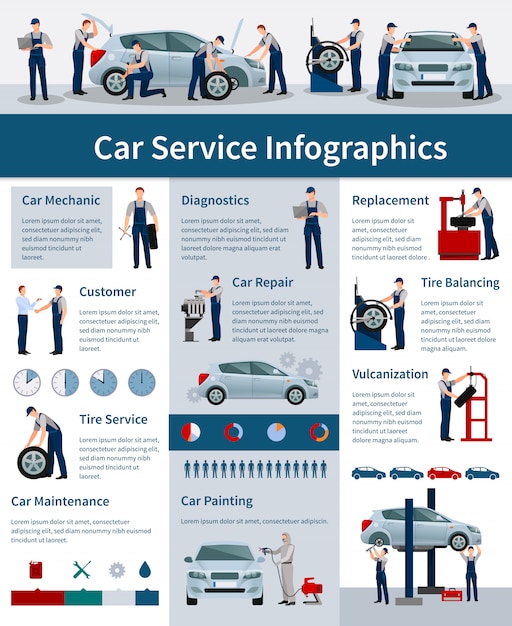Comprehending The Definition Behind Your Vehicle'S Warning Lighting: An Extensive Look
Comprehending The Definition Behind Your Vehicle'S Warning Lighting: An Extensive Look
Blog Article
Web Content Author-Boye Corbett
When you're behind the wheel, those glowing warning lights on your dashboard can be a little bit puzzling. Do you recognize what they're attempting to inform you regarding your car's health? Recognizing the significance of these lights is essential for your safety and the durability of your automobile. So, please click the following web site following time among those lights turns up, wouldn't you intend to decipher its message properly and take the needed actions to resolve it?
Common Warning Lights and Interpretations
Recognize common caution lights in your car and recognize their definitions to guarantee secure driving.
The most regular warning lights include the check engine light, which indicates issues with the engine or exhausts system. If this light comes on, it's important to have your automobile examined promptly.
The oil stress cautioning light suggests low oil stress, needing immediate focus to prevent engine damage.
simply click the up coming webpage flashing battery light could suggest a damaged charging system, possibly leaving you stranded if not addressed.
The tire stress surveillance system (TPMS) light alerts you to low tire stress, affecting vehicle stability and gas effectiveness. Overlooking this could cause dangerous driving conditions.
The abdominal light suggests a trouble with the anti-lock stopping system, endangering your capacity to quit swiftly in emergencies.
Lastly, the coolant temperature advising light warns of engine getting too hot, which can lead to serious damage otherwise dealt with promptly.
Understanding these typical caution lights will assist you attend to concerns without delay and preserve secure driving conditions.
Value of Prompt Interest
Understanding the typical caution lights in your car is only the first step; the relevance of immediately dealing with these cautions can not be highlighted enough to guarantee your safety and security on the road.
When a warning light illuminates on your dashboard, it's your car's way of communicating a possible issue that needs focus. Overlooking these cautions can lead to more severe problems in the future, compromising your safety and potentially costing you more in repairs.
Trigger focus to cautioning lights can stop break downs and crashes. For example, a flashing check engine light might show a misfire that, if left neglected, can create damage to the catalytic converter. Resolving this quickly can conserve you from an expensive repair work.
In a similar way, a brake system cautioning light might indicate reduced brake fluid or worn brake pads, important components for your safety and security when driving.
Do It Yourself Troubleshooting Tips
If you notice a caution light on your control panel, there are a few do it yourself repairing tips you can attempt before looking for expert assistance.
The primary step is to consult your auto's handbook to recognize what the details caution light shows. Often click the up coming web site can be as straightforward as a loosened gas cap causing the check engine light. Tightening up the gas cap might solve the problem.
One more typical concern is a low battery, which can activate different warning lights. Checking best car washes near me for corrosion and ensuring they're secure might deal with the issue.
If a warning light lingers, you can attempt resetting it by detaching the cars and truck's battery for a couple of minutes and afterwards reconnecting it. Additionally, inspecting your automobile's fluid levels, such as oil, coolant, and brake liquid, can help troubleshoot warning lights connected to these systems.
Conclusion
To conclude, comprehending your car's warning lights is necessary for keeping your lorry running efficiently and safely. By without delay addressing these notifies and understanding what they indicate, you can stay clear of costly repair services and potential break downs.
Remember to consult your cars and truck's handbook for specific information on each warning light and do something about it accordingly to make sure a trouble-free driving experience.
Remain notified, remain safe when driving!
